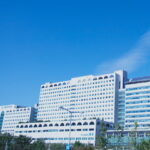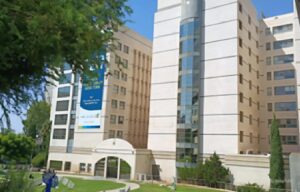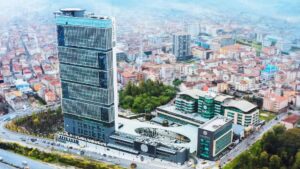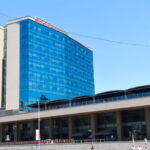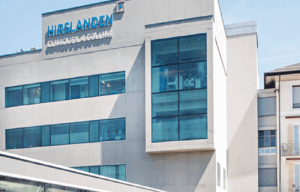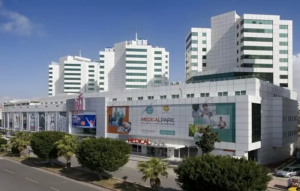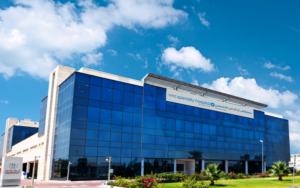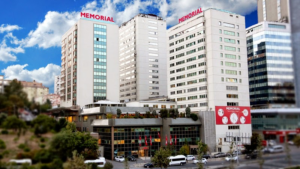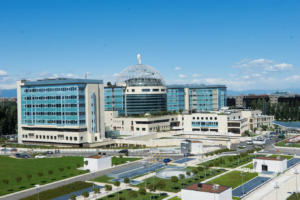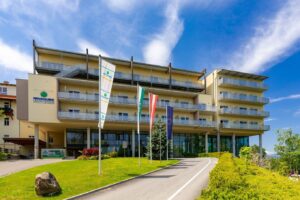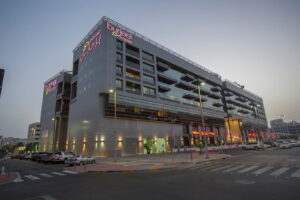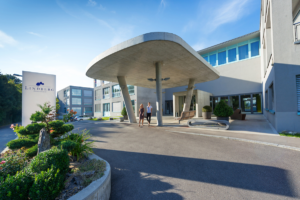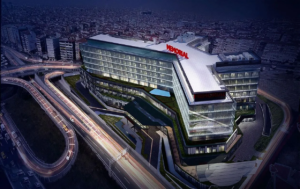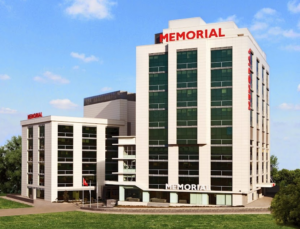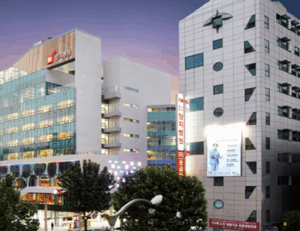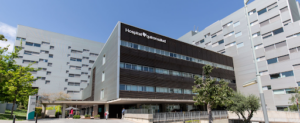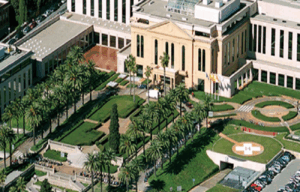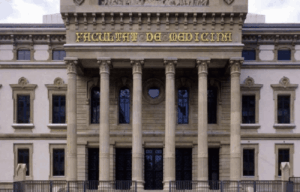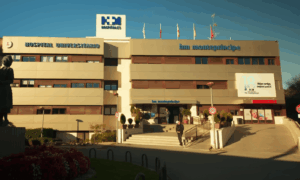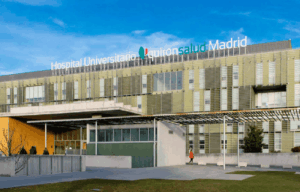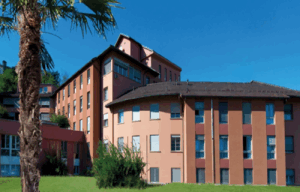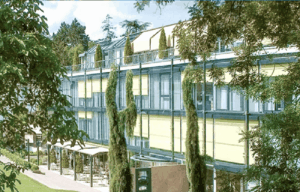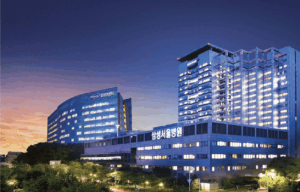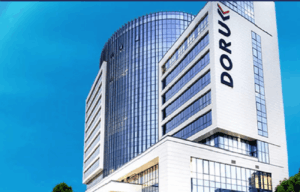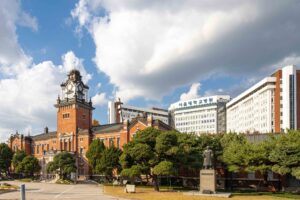Rehabilitation after sports injuries
Sports injuries are injuries sustained during physical activity (most commonly during sports training and competitions). Predisposition to them is determined by the individual anatomical features of the body. The injury rate during sports or physical exercise is 10% (in people aged 18 to 65 years).
4 categories of sports injuries:
- Overuse injuries (excessive wear and tear): one of the most common types of injuries
- Injuries from falls and collisions: occur in people involved in contact sports with direct impact
- Fractures and dislocations (including stress fractures — small cracks in the bone due to repeated impact loads)
- Sprains and ligament ruptures (from sudden physical strain): a frequently occurring injury is the rupture of the cruciate ligaments of the knee joint
Injuries can be primary (sustained for the first time) and recurrent (when the damaged tissue has not sufficiently recovered).
Indications for rehabilitation:
- Pain at the site of injury
- Muscle weakness (up to the loss of motor skills)
- Impaired innervation (loss of certain functions)
Specifics of procedure implementation in global clinics
Sport is always associated with the risk of injury. The ultimate goal of treating a sports injury is the fullest possible recovery of the patient. Rehabilitation interventions used in leading global clinics include:
- Active postoperative management with gradual increase in range of motion at the injured site
- Early muscle training
- Magnet therapy, laser therapy, ultrasound
- Intra-articular injection of regenerative agents (synovial fluid endoprostheses — drugs injected into the articular cartilage to protect against degeneration and promote recovery)
- Kinesiotherapy, professional taping
- PRP therapy (plasma therapy for bones, ligaments, tendons based on the regenerative properties of plasma)
- Robotic systems: used in European rehabilitation centers to restore motor function after injuries (upper limbs — FLEX, lower limbs — Locomat). These systems reduce rehabilitation time and increase its efficiency
- Digital rehabilitation: a motion passport for the athlete is created, collecting data from an insole with a special sensor that measures parameters and monitors biomechanics. The system, using artificial intelligence, controls the recovery process after injuries
An integrated approach that includes comprehensive diagnostics, psychological support, and innovative methods ensures the highest efficiency in rehabilitation after sports injuries..
Top clinics
-
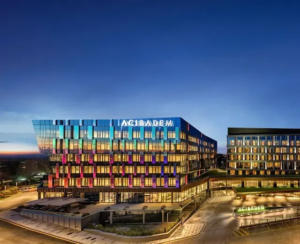 Istanbul, Turkey Acibadem Altunizade
Istanbul, Turkey Acibadem Altunizade -
 Seoul, South Korea Asan Medical Center
Seoul, South Korea Asan Medical Center -
 Jerusalem, Israel Hadassah Medical Center
Jerusalem, Israel Hadassah Medical Center -
 Petah Tikva, Israel Medical Center “Rabin”
Petah Tikva, Israel Medical Center “Rabin” -
 Istanbul, Turkey Medipol Mega University Hospital
Istanbul, Turkey Medipol Mega University Hospital -
 Istanbul, Turkey Istanbul Florence Nightingale Hospital
Istanbul, Turkey Istanbul Florence Nightingale Hospital -
 Geneva, Switzerland Hirslanden Clinique La Colline
Geneva, Switzerland Hirslanden Clinique La Colline -
 Geneva, Switzerland Generale-Beaulieu
Geneva, Switzerland Generale-Beaulieu -
 Istanbul, Turkey Acıbadem Ataşehir Clinic
Istanbul, Turkey Acıbadem Ataşehir Clinic -
 Antalya, Turkey Hospital Medical Park Antalya
Antalya, Turkey Hospital Medical Park Antalya -
 Bursa, Turkey Group of orthopedic clinics Turan&Turan
Bursa, Turkey Group of orthopedic clinics Turan&Turan -
 Dubai, UAE NMC Healthcare
Dubai, UAE NMC Healthcare -
 Istanbul, Turkey Hospital “Memorial Şişli”
Istanbul, Turkey Hospital “Memorial Şişli” -
 Milan, Italy San Raffaele University Hospital
Milan, Italy San Raffaele University Hospital -
 Lassnitzhöhe, Austria Lassnitzhöhe Private Clinic
Lassnitzhöhe, Austria Lassnitzhöhe Private Clinic -
 Abu Dhabi, UAE Burjeel Hospital Abu Dhabi
Abu Dhabi, UAE Burjeel Hospital Abu Dhabi -
 Winterthur, Switzerland Clinic "Lindberg"
Winterthur, Switzerland Clinic "Lindberg" -
 Seoul, South Korea Sarang Plas Clinic
Seoul, South Korea Sarang Plas Clinic -
 Istanbul, Turkey “Memorial Bahçelievler” Clinic
Istanbul, Turkey “Memorial Bahçelievler” Clinic -
 Incheon, South Korea Gil Medical Center at Gachon University
Incheon, South Korea Gil Medical Center at Gachon University -
 Nyon, Switzerland Clinique Genolier
Nyon, Switzerland Clinique Genolier -
 Istanbul, Turkey “Memorial Ataşehir” Clinic
Istanbul, Turkey “Memorial Ataşehir” Clinic -
 Antalya, Turkey Memorial Antalya Hastanesi
Antalya, Turkey Memorial Antalya Hastanesi -
 Seoul, South Korea H+ Yangji Hospital
Seoul, South Korea H+ Yangji Hospital -
 Barcelona, Spain QuironSalud Barcelona Hospital
Barcelona, Spain QuironSalud Barcelona Hospital -
 Barcelona, Spain Medical Center "Teknon"
Barcelona, Spain Medical Center "Teknon" -
 Barcelona, Spain Sant Joan de Deu Children's Hospital
Barcelona, Spain Sant Joan de Deu Children's Hospital -
 Barcelona, Spain University Hospital Barnaclinic+
Barcelona, Spain University Hospital Barnaclinic+ -
 Madrid, Spain University Clinic HM Madrid
Madrid, Spain University Clinic HM Madrid -
 Madrid, Spain University Hospital HM Monteprincipe
Madrid, Spain University Hospital HM Monteprincipe -
 Zurich, Switzerland Hirslanden Clinic
Zurich, Switzerland Hirslanden Clinic -
 Madrid, Spain Quiron Salud University Hospital
Madrid, Spain Quiron Salud University Hospital -
 Lugano, Switzerland Saint Anna Clinic
Lugano, Switzerland Saint Anna Clinic -
 Geneva, Switzerland Clinique des Grangettes
Geneva, Switzerland Clinique des Grangettes -
 Petah Tikva, Israel Schneider Children's Medical Center
Petah Tikva, Israel Schneider Children's Medical Center -
 Seoul, South Korea Samsung Medical Center
Seoul, South Korea Samsung Medical Center -
 Bursa, Turkey Doruk Nilüfer Hospital
Bursa, Turkey Doruk Nilüfer Hospital -
 SNUH
SNUH
